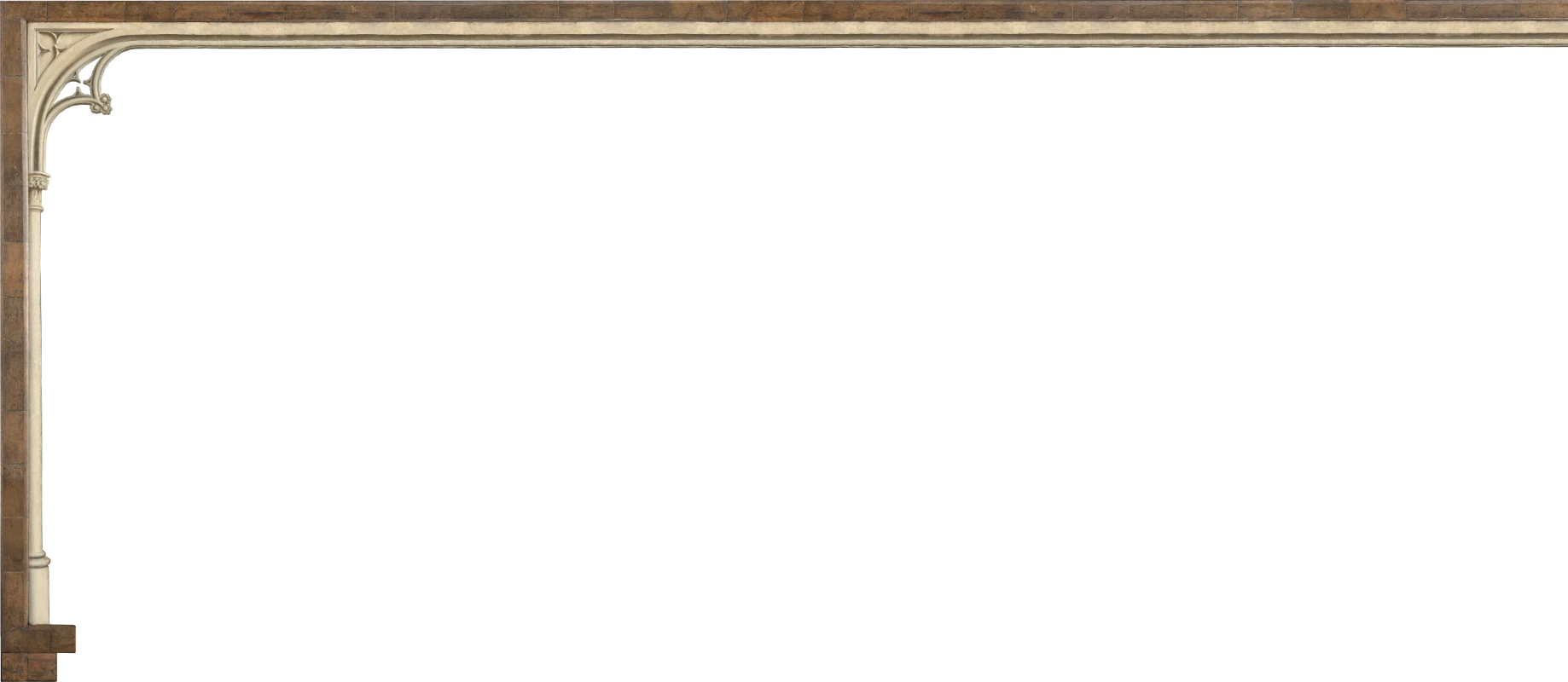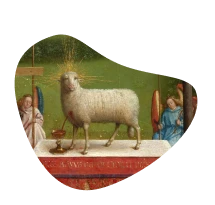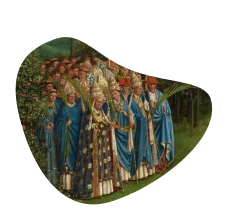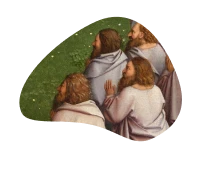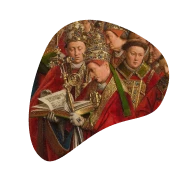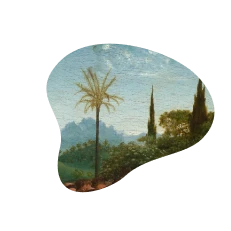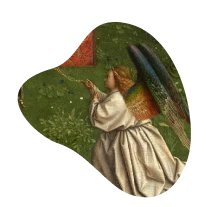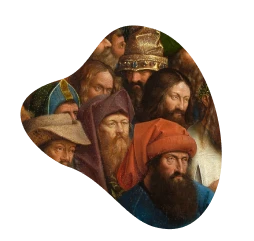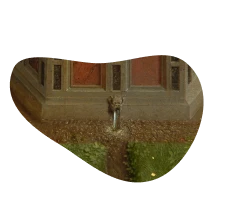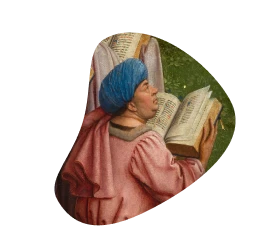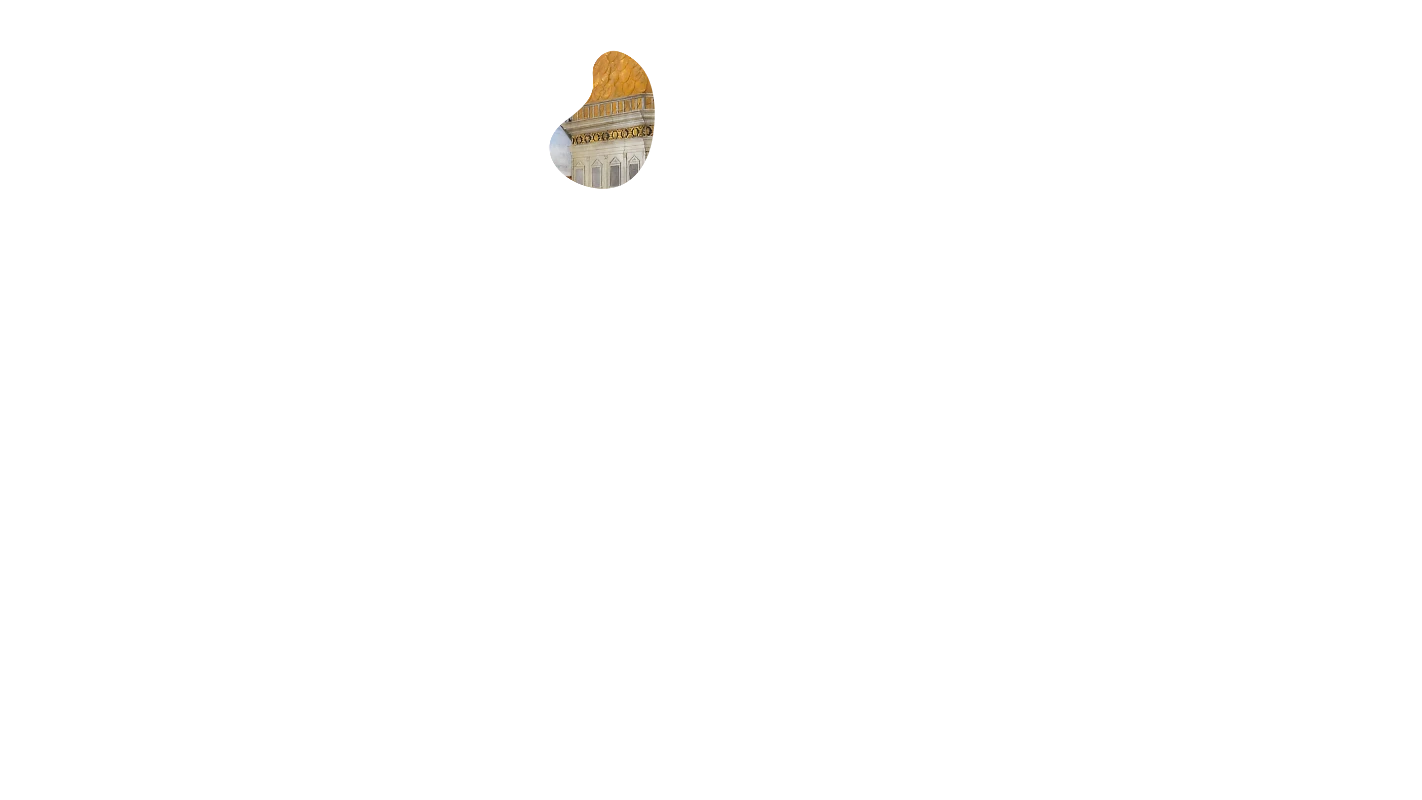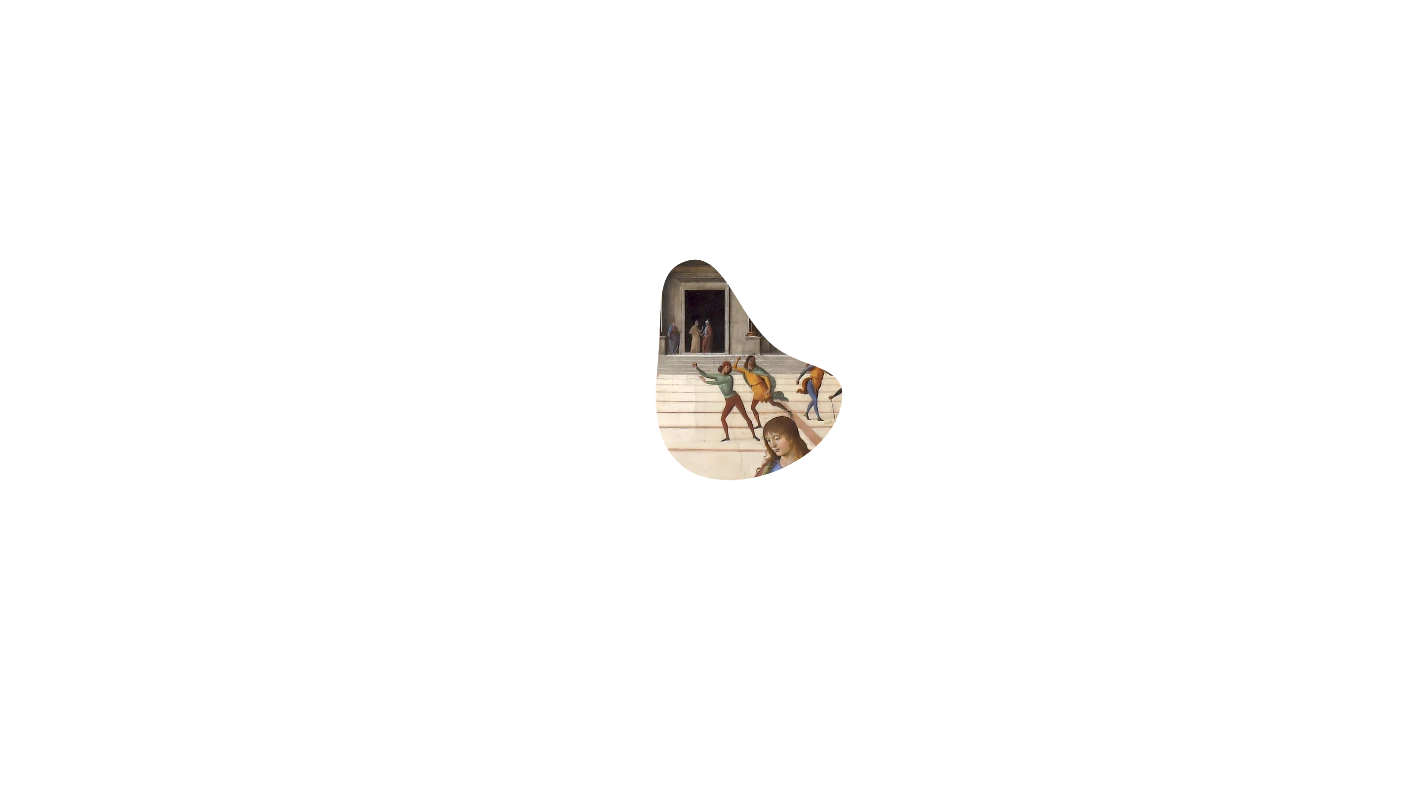Largely based on a substantial chant melody, Missa Gaudeamus deploys mathematics in a number of clever, but rewardingly audible ways. It seems to have come from the very middle of Josquin’s mass-writing career, possibly the ninth of the eighteen settings standardly attributed to him; and was possibly written twenty years after his earliest examples and twenty years before his last.
The first six notes of the chant are quoted sixty-one times in total. These snippets can almost always be heard and hold the whole structure most satisfyingly together.
Josquin only quotes the whole of the chant melody twice, once in the Gloria and once in the Credo, always in the tenor and usually in long notes, with a considerable degree of embellishment to its contours. It is unlikely that the average listener will hear this as a coherent melody. However, in the remaining movements, Josquin concentrated on the first six notes of the chant only, which he quotes sixty-one times in total. These snippets can almost always be heard and hold the whole structure most satisfyingly together.

Prominent examples of this snippet come at the start of the Kyrie, Gloria, and “Hosanna,” where all four voices enter with it, though in every case Josquin has filled in the leap of a fifth between the third and fourth notes in the chant with a scale. At the start of the Gloria the tenor, which comes last to the imitative scheme, sings nothing other than this phrase as an ostinato up to the first full cadence, forty-five bars later. In the Sanctus, the snippet is sung only by the sopranos, dramatically high and sustained so that a new sonority, trumpet-like, is introduced.
The real mathematical fireworks in this setting, as so often in Josquin’s masses, are in the final Agnus Dei.
However, the real mathematical fireworks in this setting, as so often in Josquin’s masses, are in the final Agnus Dei. Here the snippet is quoted in every part in what has been described by Josquin scholar Willem Elders as “a vertiginous series of transpositions.” The tenor starts the process with two straight statements (starting on G), which lead to answers in the bass (starting on D), the soprano (on G), and alto (on C). So far, so normal. But at this point the bass and tenor parts take over, unleashing a rapid series of quotations and canons, which are indeed dizzying. Josquin worked out that the six notes of the snippet can be made to overlap at a number of interconnecting pitches, which cause the statements to fall by a third at each repetition (the bass proceeds from a statement starting on C, to one on A, to one on low F, while the overlapping tenor proceeds from G, to E, to low C). This low bass F is the only time the note is used in the whole setting, powerfully heralding a coda and the final close.
© Peter Phillips / Gimell Records




